Island of the Blessed: the Dakhleh Oasis Project
Fundraising campaign by
Pawel Polkowski
-
€13,419raised of €20,000.00 goal goal
No more donations are being accepted at this time. Please contact the campaign owner if you would like to discuss further funding opportunities
Campaign Story
Dakhleh Oasis Project has been a unique endeavour in the history of Egyptian archaeology: the first to explore an entire region in a holistic manner. Started in 1977, and continuing for the next four decades, it has brought to light remarkable discoveries in the heart of the Libyan Desert – in the great oasis of Dakhleh. The project, interested not only in archaeology, history and prehistory, but also anthropology, geology, human biology, botany, zoology, linguistics and ethnography, has managed to generate immense knowledge* of, and appreciation for, this remote region and its people. All these achievements have been the result of great commitment and dedication by scholars from all over the world whose passion, and often a life-long engagement, have become an inspiration for new generations of researchers willing to continue this great project. However, the events of the Arab Spring revolution in 2011, and their further consequences, have cast a shadow over the project, which is now in a difficult situation. Without your help its future is, actually, at stake.
Our project owns a house near Sheikh Wali village that serves as a base for our various research teams working in the Oasis. This compound consists of working facilities, magazines, a kitchen, a dining room, lavatories and showers, and a number of bedrooms, all of which are of course essential in our daily lives when carrying out research in this desert environment. The complex was built according to local architectural standards and thus fits perfectly into the surrounding landscape. We employ people from local communities to work in the house as various members of the staff (cooks, a gardener, a baker, laundry persons etc.), without whose skills and commitment no research would be ever possible. They are responsible for the maintenance of the house not only during each fieldwork season, but actually for the whole year. As long as our expeditions were granted permission to work by the Ministry of Antiquities and the Egyptian Security Forces, that is until 2014, our Dakhleh base was financially self-sustainable. It all has changed since, for security reasons, no foreign archaeological missions can, for the time being, conduct research in the Libyan Desert. Without the possibility to do fieldwork, however, we cannot cover the costs of the house maintenance.
Forty years of research and the international reputation of the project are now at stake. The house maintenance generates costs every year due to the building's physical fragility (it is built of mud brick) and the compound requires regular repairs and amendments, especially after damaging rainfalls, which are becoming more frequent. This is why we need to keep some of our staff continuously employed, as without them the house will not survive for too long. The growing inflation in Egypt makes all of the costs higher than before. None of the archaeological teams can, however, even if normally supported by scientific institutions, contribute financially to the Project's maintenance expenditures, as long as they are not granted permission to carry out research by the Egyptian authorities. This deadlock has lasted already for six years and we are unable to cover the maintenance costs by ourselves. It is simply beyond our financial capacities. We are very optimistic that we will return to our beloved Oasis - which Herodotus called the Island of the blessed - to continue research, but before that happens we must do whatever we can to safeguard our house. It is also about our Egyptian friends for whom working for the project generates the major component of their income. We really cannot lose the house and the staff; they are essential for the future of our research and continuing the innovative work of the Project. Please help us get through this very difficult time!
*Since 1977, our Project has made a number of important discoveries and contributions to Egyptian archaeology. Here are only some of them:
- Evidence that Dakhleh has a Pleistocene to mid-Holocene archaeological record of over 600,000 years and back to 2.3 million years in Kharga Oasis
- Rare evidence for a major meteoritic Dakhleh Event that fried the oasis ca. 146,000 years ago
- Evidence for large palaeolakes with included faunal evidence for oasis palaeoenvironments in lake sediments and associated stone artefacts
- Extensive collection of rock art of all periods
- Remains of Old Kingdom Egyptian settlements from the times of the colonisation of Dakhleh
- Excavation of the largest temple complex in the Western Desert with the remains of the Temple of Seth, yielding huge quantities of inscriptions
- Excavation of a decorated stone temple buried to roof level and discovery of many other smaller temples
- Excavation of a cemetery with many elaborately-decorated coffins of the first millennium
- Exploration of a Roman-period village preserved to roof level in many places, with temples, churches, houses and cemeteries, yielding huge quantities of artefacts and texts on papyrus and wooden boards
- Excavation of some of the oldest well-dated churches in Egypt and others into the Arab period
- Identification of the only Roman fort in Dakhleh at al-Qasr beneath the spectacular remains of the Ottoman village
See more at: http://dakhlehoasisproject.com/ and https://www.monash.edu/arts/philosophical-historic...
**DESCRIPTION OF REWARDS:
Wallpapers: A set of unique desktop wallpapers
Recipes: A booklet with secret recipes of Dakhleh cuisine (in PDF)
DOP discoveries: A collection of short essays describing the major discoveries of DOP (in PDF)
Digital set: All the PDFs that are prepared on the occasion of this campaign (Wallpapers, Recipes, DOP discoveries and a set of selected Prints in digital form)
Friends of DOP: Become a member of the Friends of DOP club (as a member you'll get access to a yearly DOP newsletter, to a closed Facebook group, and to other exclusive features)
Print: A high-quality print of various pieces of archaeological documentation produced by the Dakhleh Oasis Project across the years. The examples below are from El-Qasr and Mut el-Kharab, but don't hesitate to ask us for more designs






The Oasis Papers 9: A book 'The Oasis Papers 9' (published by Oxbow Books) edited by Gillian Bowen and Colin Hope, and with contributions by Project members, that provides the most up-to-date account of the research in the Western Desert of Egypt (other 'DOP monographs' publications are also available - please contact us if you are interested!)
Plant a tree: We give you an opportunity to have a tree planted in your name on the hill on which our house is located. This tree will receive a special label with your name. This way you're helping us and the local environment!
Artistic print: A printed artwork inspired by archaeological documentation from Dakhleh. We offer you a high-quality print of one of John O'Carroll's graphics that show archaeological objects, such as lithic tools and rock art. Each print is signed by the artist! (Average dimensions of images: 50x34 cm; the whole print on paper: 76x56 cm)





Inscribe a boulder: Put your name on a DOP boulder that will be placed in the courtyard of our Dakhleh house (a donor's name will be carved in a unique style by an artist)
A collection of artistic prints: A set of all five pieces of prints made by John O'Carroll (see Artistic print)
A week in Dakhleh: We offer you a possibility of spending seven days in the Oasis in our house in autumn 2021 or at a later date. It's a unique opportunity to live in an archaeological camp. We can also help you in visiting various sites open to the public. The reward covers all the expenses of living in the house (accommodation, food, laundry, etc.), but not the travel costs to/from Dakhleh. If you have any questions regarding this reward, please contact us before donating.
A painting by John O'Carroll 1: An artwork by a renowned artist John O'Carroll whose art is often inspired by the landscape of Dakhleh

A painting by John O'Carroll 2: Another artwork by John O'Carroll. The painting belongs to the cycle The Alchemy of Nature




Rewards
Wallpapers
Recipes
Wallpapers PLUS Recipes
DOP discoveries
Digital set
Friends of DOP PLUS Wallpapers
Friends of DOP PLUS Digital set
Book 'The Oasis Papers 9'
Inscribe a boulder PLUS Friends of DOP PLUS Digital set
Book 'The Oasis Papers 9' PLUS Digital set
Plant a tree PLUS Friends of DOP PLUS Digital set
Artistic print
Inscribe a boulder PLUS Book 'The Oasis Papers 9' PLUS Friends of DOP PLUS Digital set
Plant a tree PLUS Inscribe a boulder PLUS 'Island of the Blessed' (book by Harry Thurston) PLUS 'The Oasis Papers 9' PLUS Friends of DOP PLUS Digital set
A collection of artistic prints
A week in Dakhleh
A painting by John O'Carroll 1
A painting by John O'Carroll 2
Fundraising Team
- Pawel Polkowski
- Campaign Owner
- Poznan, PL
Archaeologist specializing in rock art research and Director of the Dakhleh Oasis Project
Archaeologist specializing in rock art research and Director of the Dakhleh Oasis Project
- Gillian Bowen
- Member
- Colin Hope
- Member
- Fred Leemhuis
- Member
- Mary Mcdonald
- Member
- Paul Kucera
- Member
- Melbourne, AU
Donors
- Kathryn Temple-Council
- Donated on Feb 10, 2024
- Recurring Donation!
Best of Luck and a shout out to History of Egypt podcast because that is where I found you
- Kathryn Temple-Council
- Donated on Jan 10, 2024
- Recurring Donation!
Best of Luck and a shout out to History of Egypt podcast because that is where I found you
The end
Update posted by Pawel Polkowski at 05:52 pmDear Donors,I'd like to thank you wholeheartedly for your contributions. The campaign is a huge success and I'm sure that the collected amount will help the DOP survive for a considerable time. We've already covered the costs of the dig house maintenance in 2020 and we feel fairly secured for. . . . .
A week in Dakhleh: an answer
Update posted by Pawel Polkowski at 11:41 amAs there's no possibility to directly answer the questions posed in the comments, we'd like to answer the one below by means of this 'update'. "The reward for a 1000 euro donation is one week in Dakhleh. I know by experience that it is very difficult to get permission from. . . . .
The first week of the campaign is over!
Update posted by Pawel Polkowski at 11:22 amDear Friends,The first week of the campaign has proved to be a great success. We would like to thank all of you for donations, as well as for your heart-warming support and help in disseminating our appeal. We've already managed to collect 13% of the target amount, but there's still
Donors & Comments
- Kathryn Temple-Council
- Donated on Mar 10, 2024
- Recurring Donation!
Best of Luck and a shout out to History of Egypt podcast because that is where I found you
- Kathryn Temple-Council
- Donated on Feb 10, 2024
- Recurring Donation!
Best of Luck and a shout out to History of Egypt podcast because that is where I found you
- Kathryn Temple-Council
- Donated on Jan 10, 2024
- Recurring Donation!
Best of Luck and a shout out to History of Egypt podcast because that is where I found you
- Kathryn Temple-Council
- Donated on Dec 10, 2023
- Recurring Donation!
Best of Luck and a shout out to History of Egypt podcast because that is where I found you
- Kathryn Temple-Council
- Donated on Nov 10, 2023
- Recurring Donation!
Best of Luck and a shout out to History of Egypt podcast because that is where I found you
- Kathryn Temple-Council
- Donated on Oct 10, 2023
- Recurring Donation!
Best of Luck and a shout out to History of Egypt podcast because that is where I found you
- Kathryn Temple-Council
- Donated on Sep 10, 2023
- Recurring Donation!
Best of Luck and a shout out to History of Egypt podcast because that is where I found you
- Kathryn Temple-Council
- Donated on Aug 10, 2023
- Recurring Donation!
Best of Luck and a shout out to History of Egypt podcast because that is where I found you
- Kathryn Temple-Council
- Donated on Jul 10, 2023
- Recurring Donation!
Best of Luck and a shout out to History of Egypt podcast because that is where I found you
- Kathryn Temple-Council
- Donated on Jun 10, 2023
- Recurring Donation!
Best of Luck and a shout out to History of Egypt podcast because that is where I found you
Followers
Support Campaigns
Create a support campaign in seconds!
Support campaigns allow you to get your own fundraising page dedicated to 'Island of the Blessed: the Dakhleh Oasis Project'
You'll have your own unique link that you can share, and all funds raised will go directly to 'Island of the Blessed: the Dakhleh Oasis Project'. It's the ultimate way to show your support!
Create support campaign

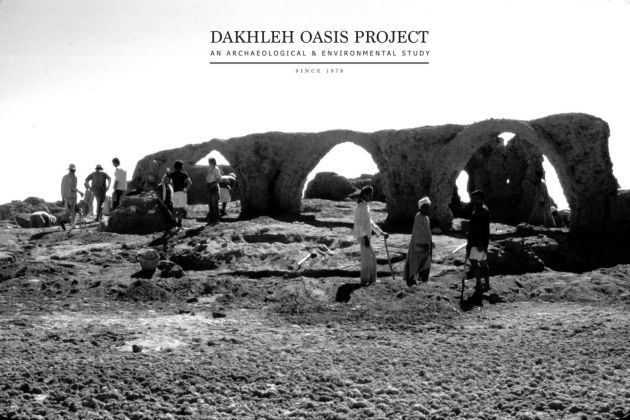
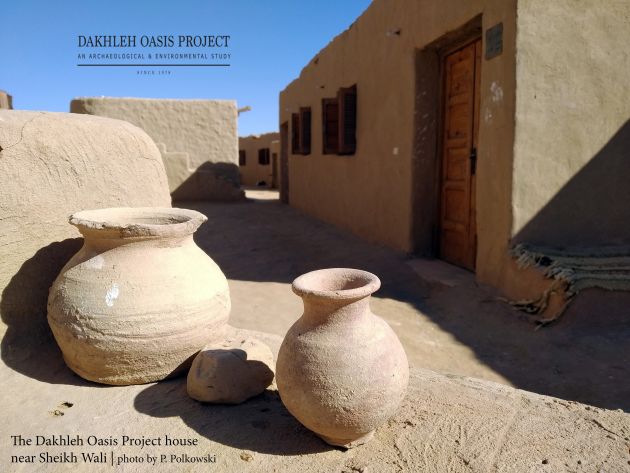
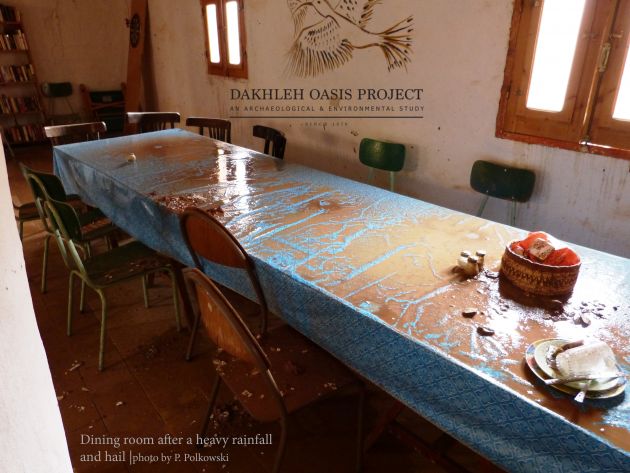
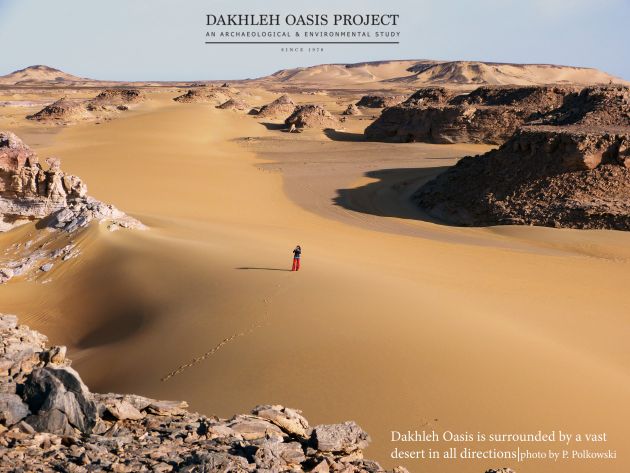
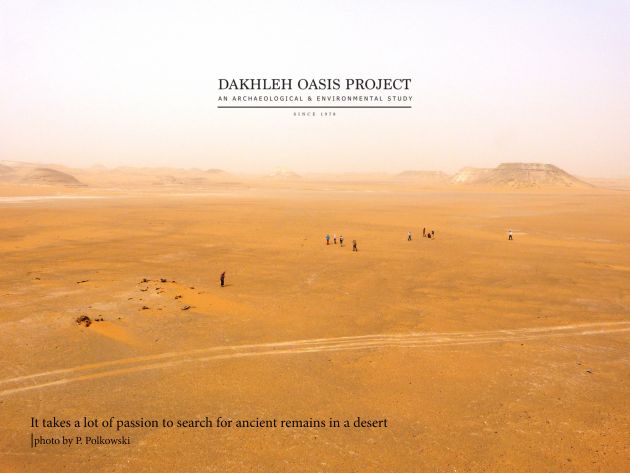
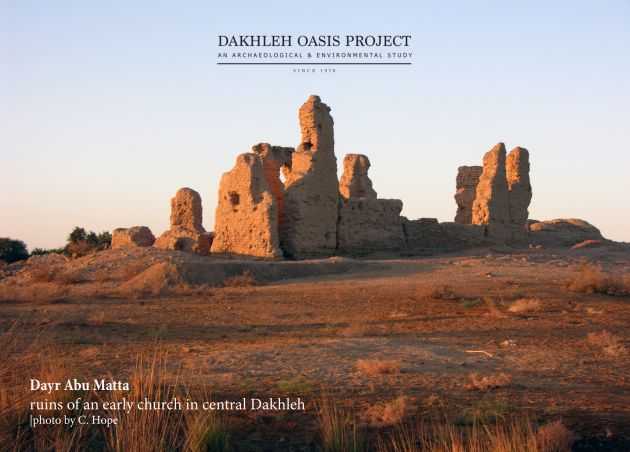

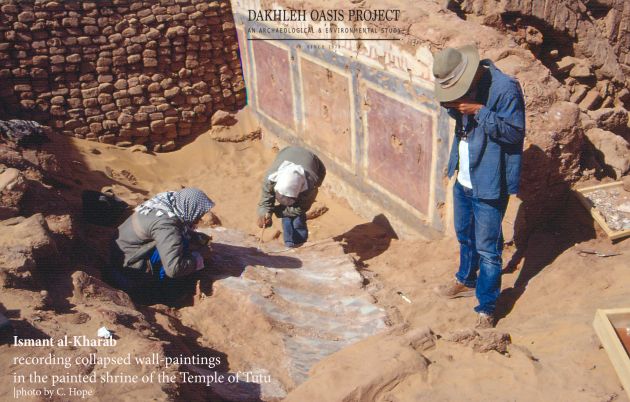
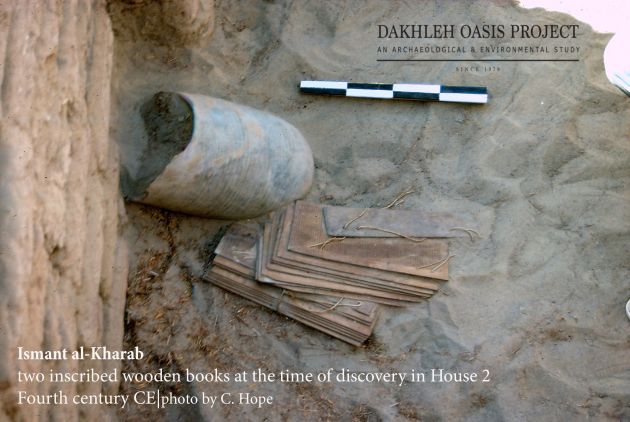
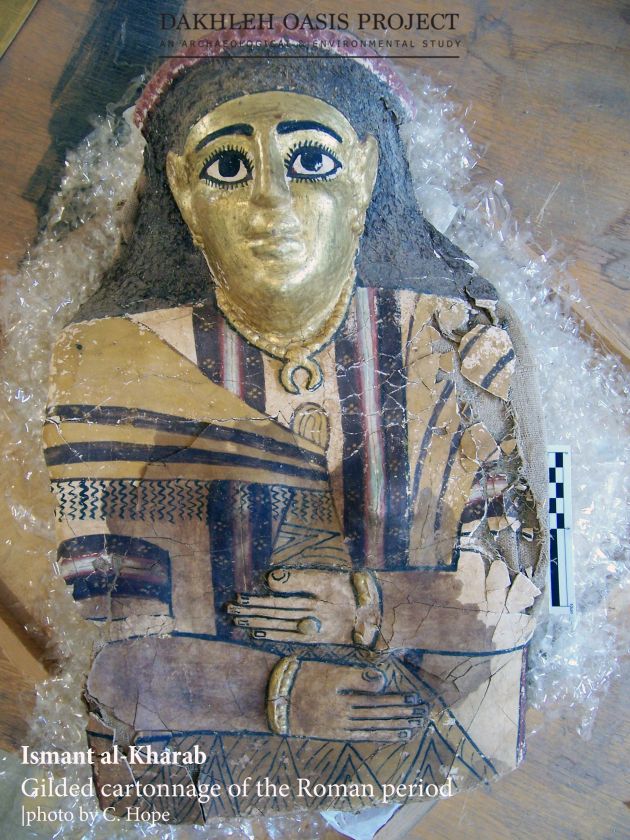
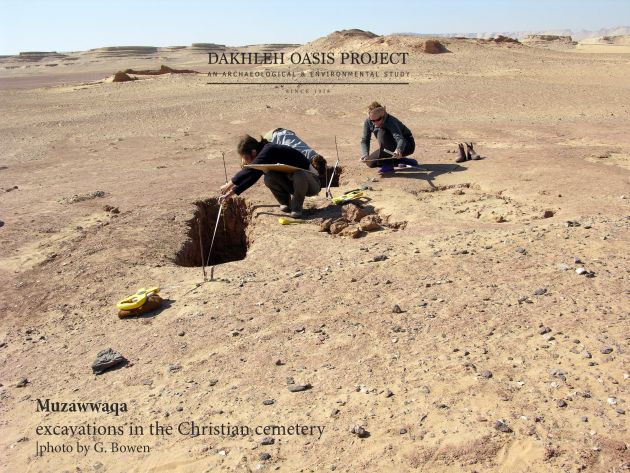
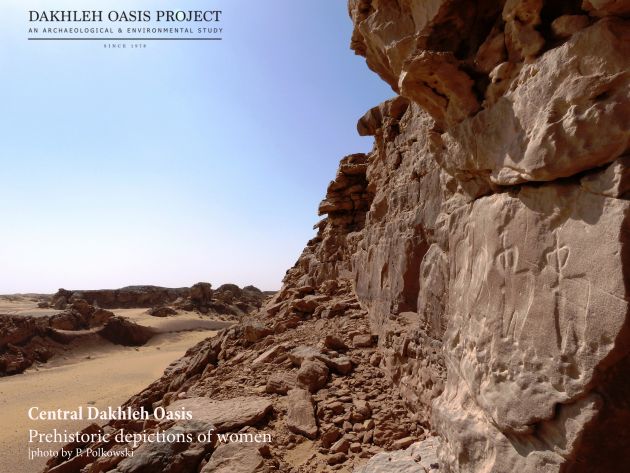
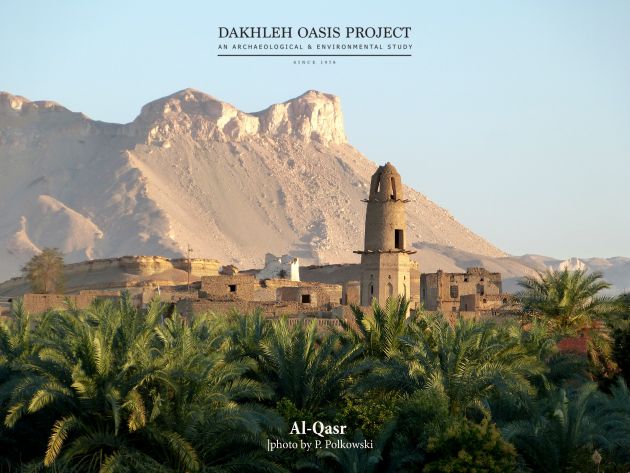
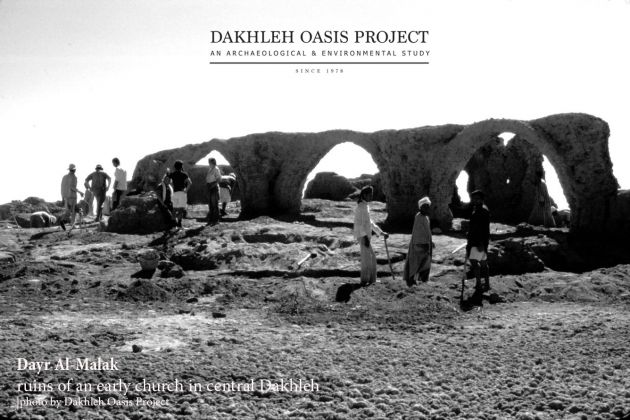

Best of Luck and a shout out to History of Egypt podcast because that is where I found you